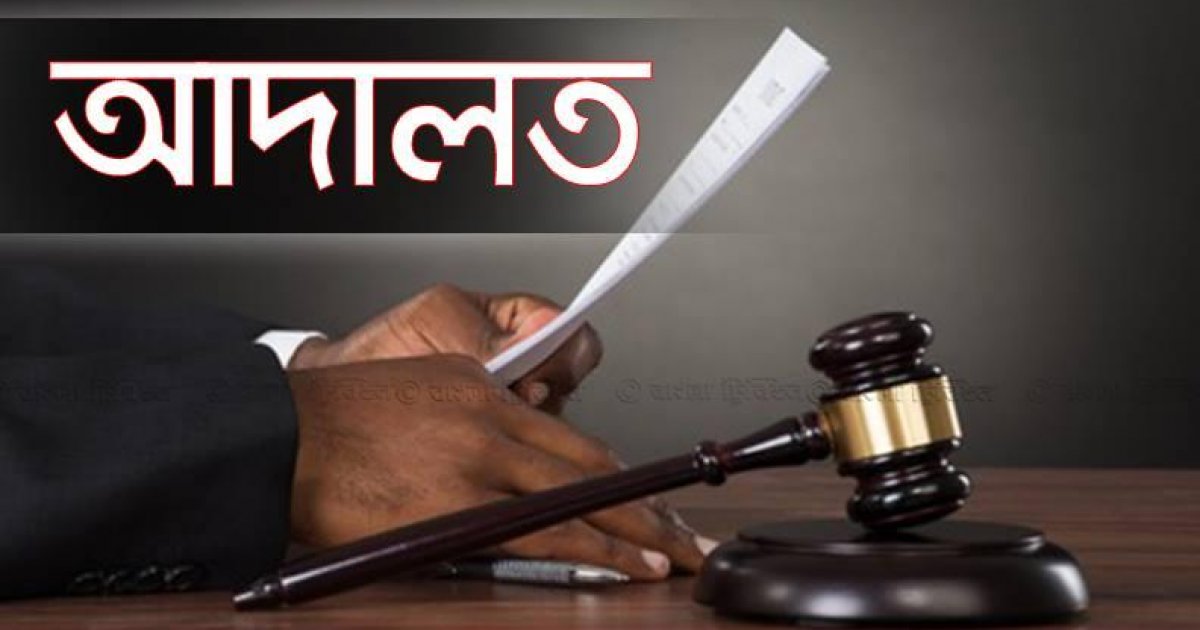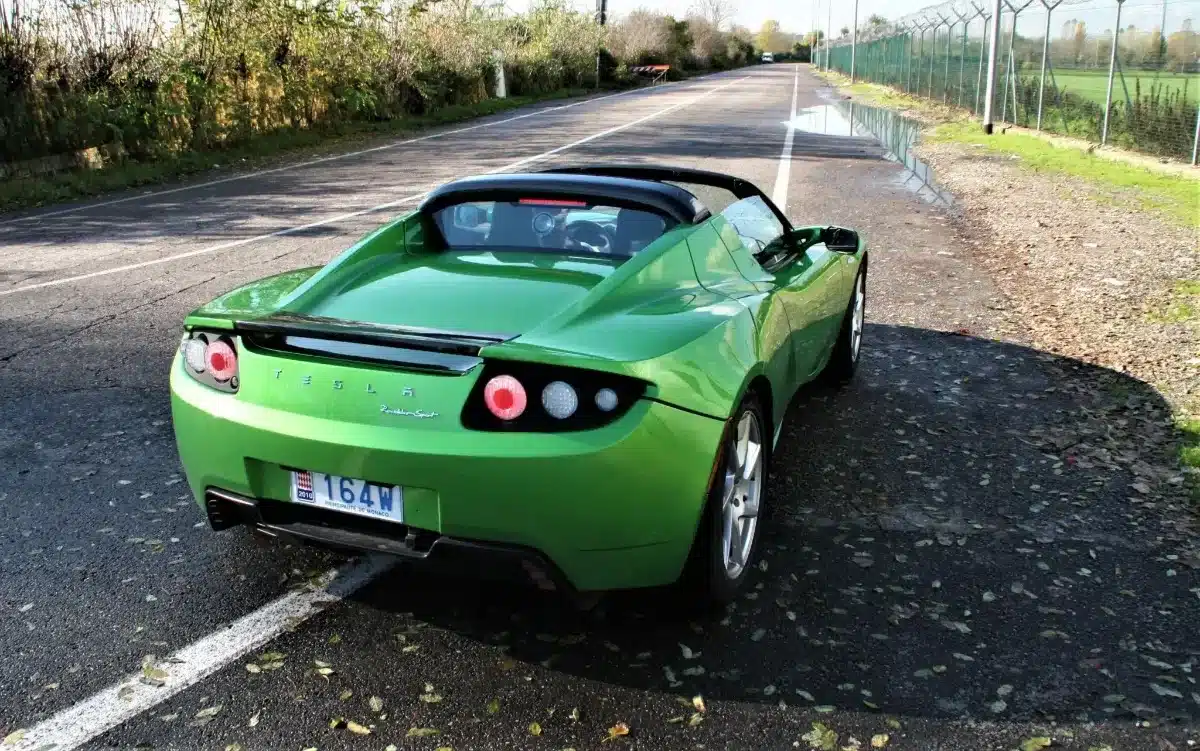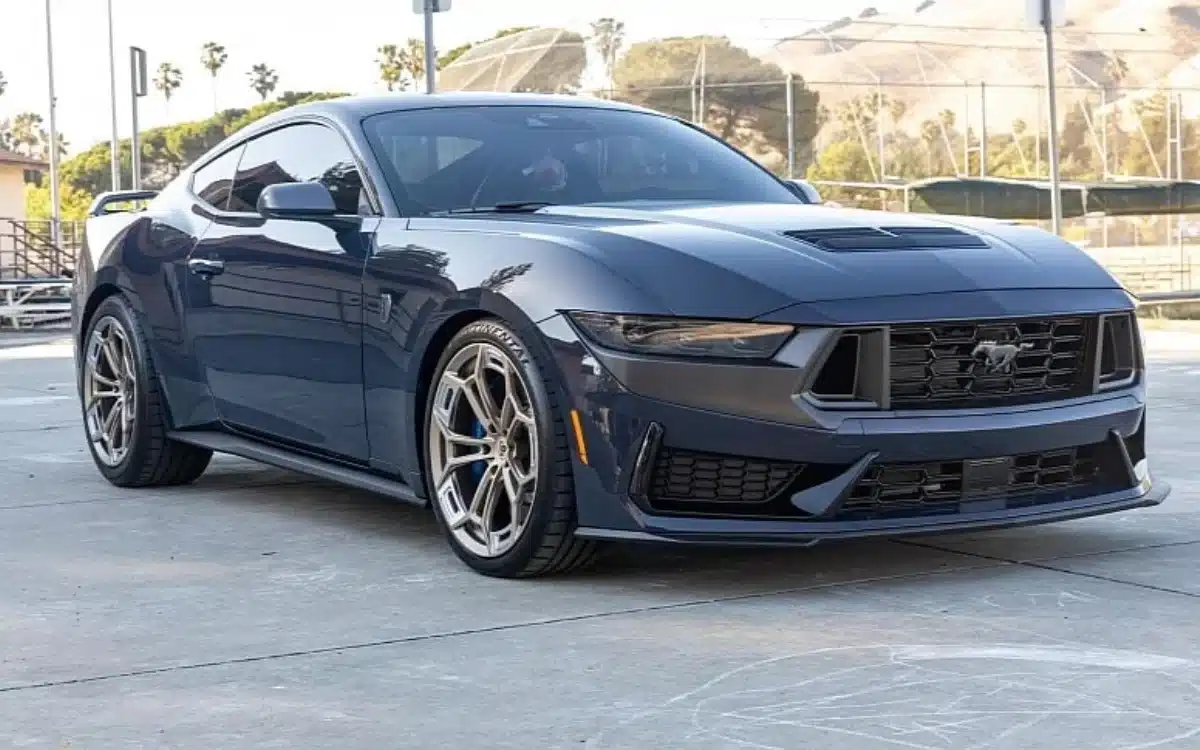What The Spanish Blackout Says About Renewable Energy In The U.S.
The post What The Spanish Blackout Says About Renewable Energy In The U.S. appeared on BitcoinEthereumNews.com. Commuters milling around the darkened Madrid-Chamartin station on April 28, 2025. Rastrojo, CC BY-SA 4.0, via Wikimedia Commons Like most Americans, with the exception of a soccer match every now and then, I could give a flying handshake about what’s happening day-to-day on the Iberian Peninsula. However, the recent blackout, which shut off power to over 55 million people in three countries within five seconds, caught my attention for its implications for the future of renewable energy in the U.S. Renewables promise ample electricity with a low carbon footprint and a low price point, especially compared to coal, so it is no wonder that wind and solar have seen such a huge growth in capacity over the last generation. Note how quickly the green wedge representing wind power grows starting at around the turn of the … More century. Solar growth started about 10 years late but is on the same trajectory. U.S. Energy Information Administration (Public Domain) Critics of renewables will rightly point out that renewables are cheap as long as battery storage is not included in their price, and the sudden collapse of an entire electric grid for 12 hours incurs a staggering economic burden that should be priced into cost calculations. Supporters of renewables argue that the problem is not renewables themselves, but insufficient or outdated control, distribution and storage equipment on the grid. If we spend more money on storage and transmission, everything will be hunky-dory. My intuition was that both arguments held water. Critics are right to include the cost of storage to the low cost of renewables because electricity is an on-demand commodity–it must be there even when the sun is not shining and the wind is not blowing. That said, supporters are right that including the long-term cost of further unbalancing the planet’s…

The post What The Spanish Blackout Says About Renewable Energy In The U.S. appeared on BitcoinEthereumNews.com.
Commuters milling around the darkened Madrid-Chamartin station on April 28, 2025. Rastrojo, CC BY-SA 4.0, via Wikimedia Commons Like most Americans, with the exception of a soccer match every now and then, I could give a flying handshake about what’s happening day-to-day on the Iberian Peninsula. However, the recent blackout, which shut off power to over 55 million people in three countries within five seconds, caught my attention for its implications for the future of renewable energy in the U.S. Renewables promise ample electricity with a low carbon footprint and a low price point, especially compared to coal, so it is no wonder that wind and solar have seen such a huge growth in capacity over the last generation. Note how quickly the green wedge representing wind power grows starting at around the turn of the … More century. Solar growth started about 10 years late but is on the same trajectory. U.S. Energy Information Administration (Public Domain) Critics of renewables will rightly point out that renewables are cheap as long as battery storage is not included in their price, and the sudden collapse of an entire electric grid for 12 hours incurs a staggering economic burden that should be priced into cost calculations. Supporters of renewables argue that the problem is not renewables themselves, but insufficient or outdated control, distribution and storage equipment on the grid. If we spend more money on storage and transmission, everything will be hunky-dory. My intuition was that both arguments held water. Critics are right to include the cost of storage to the low cost of renewables because electricity is an on-demand commodity–it must be there even when the sun is not shining and the wind is not blowing. That said, supporters are right that including the long-term cost of further unbalancing the planet’s…
What's Your Reaction?








































